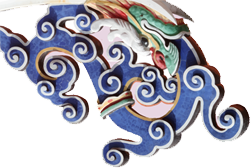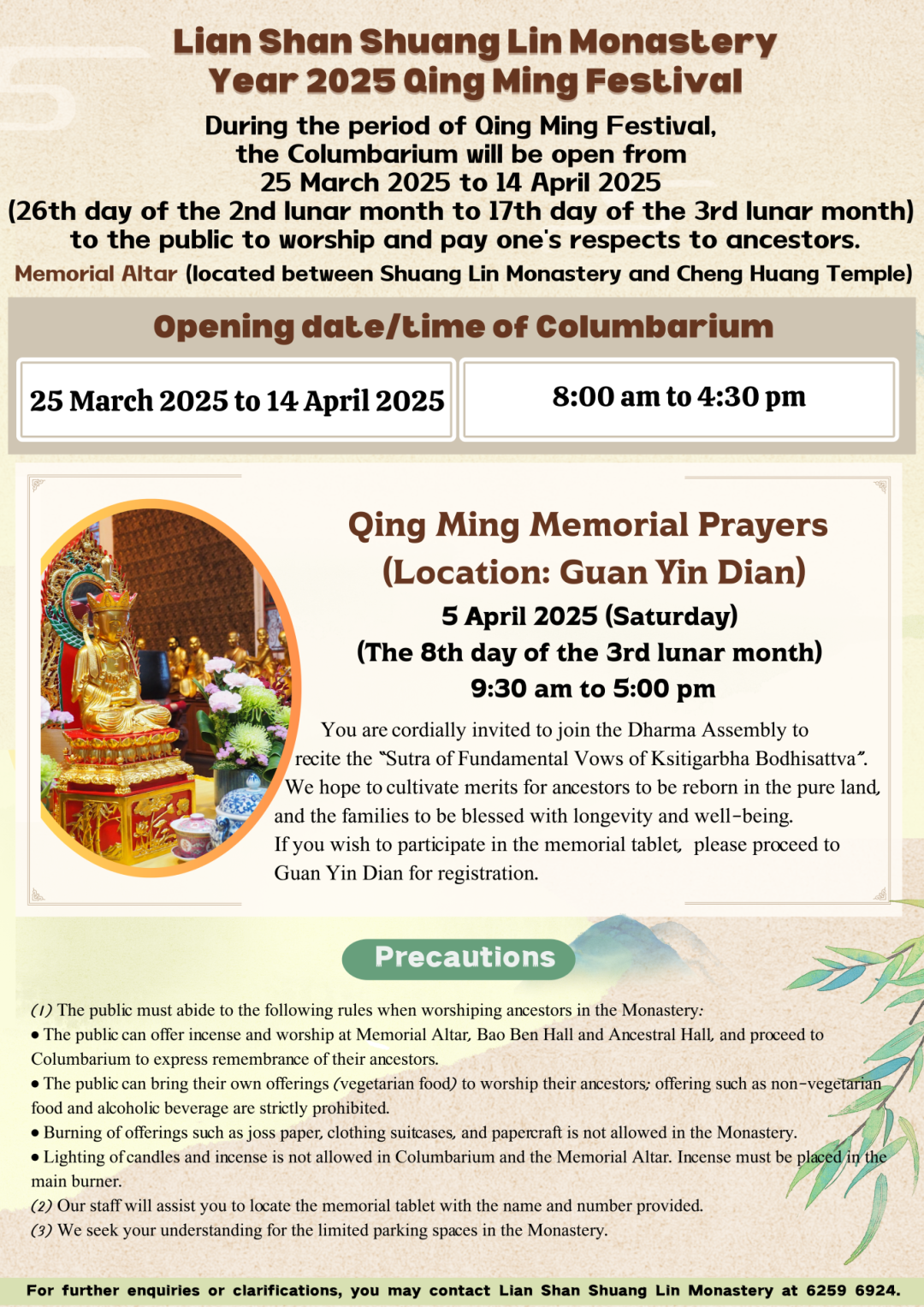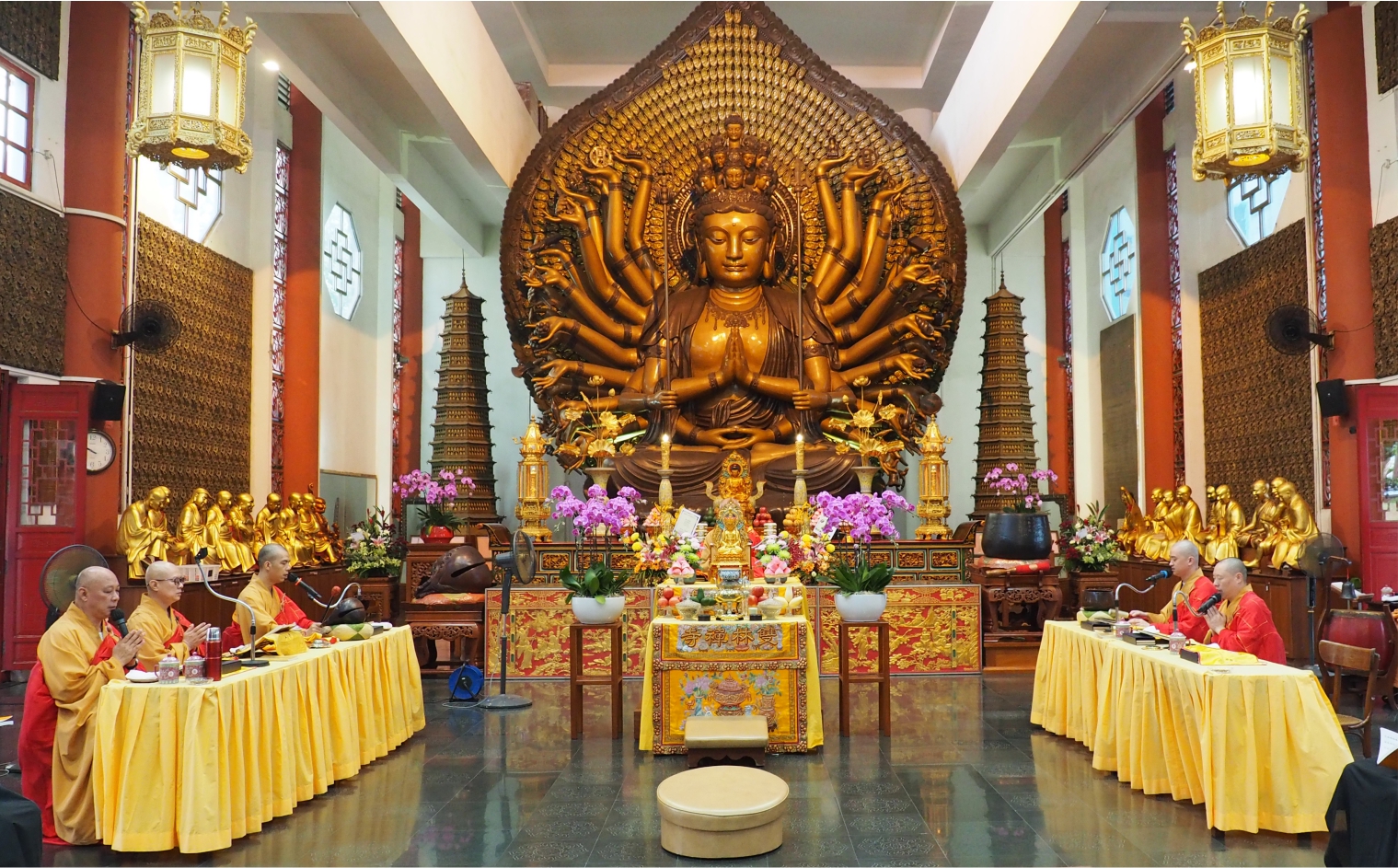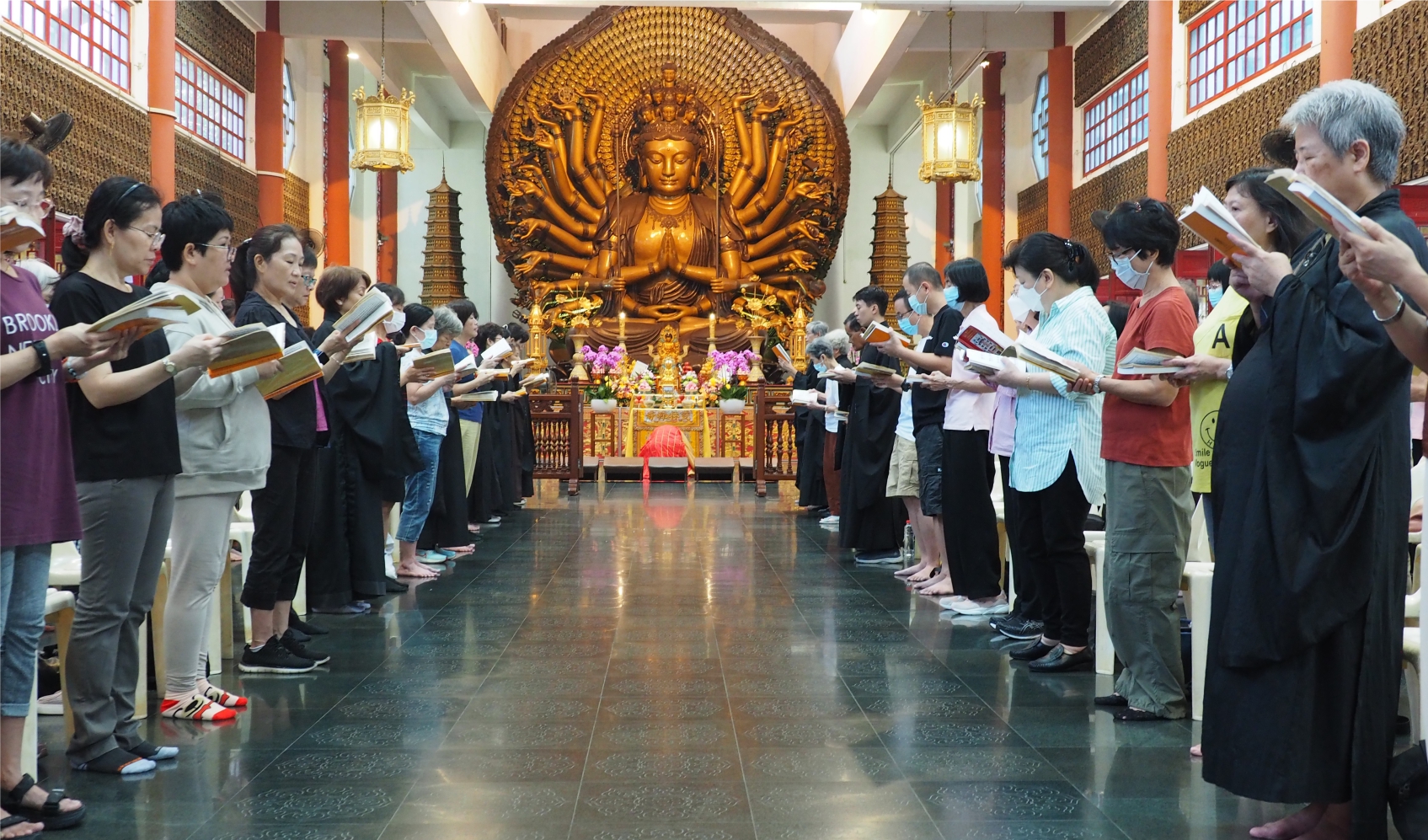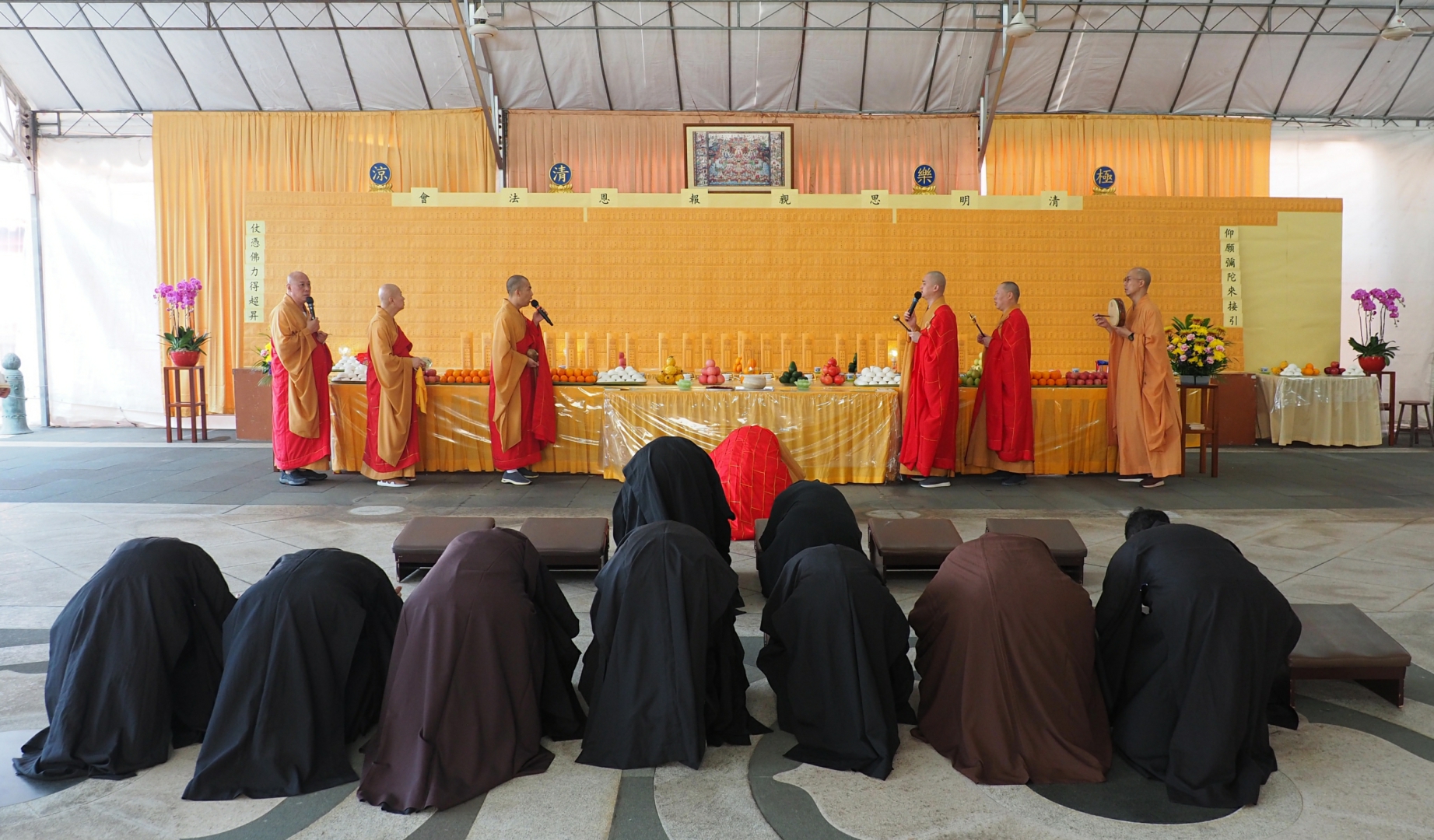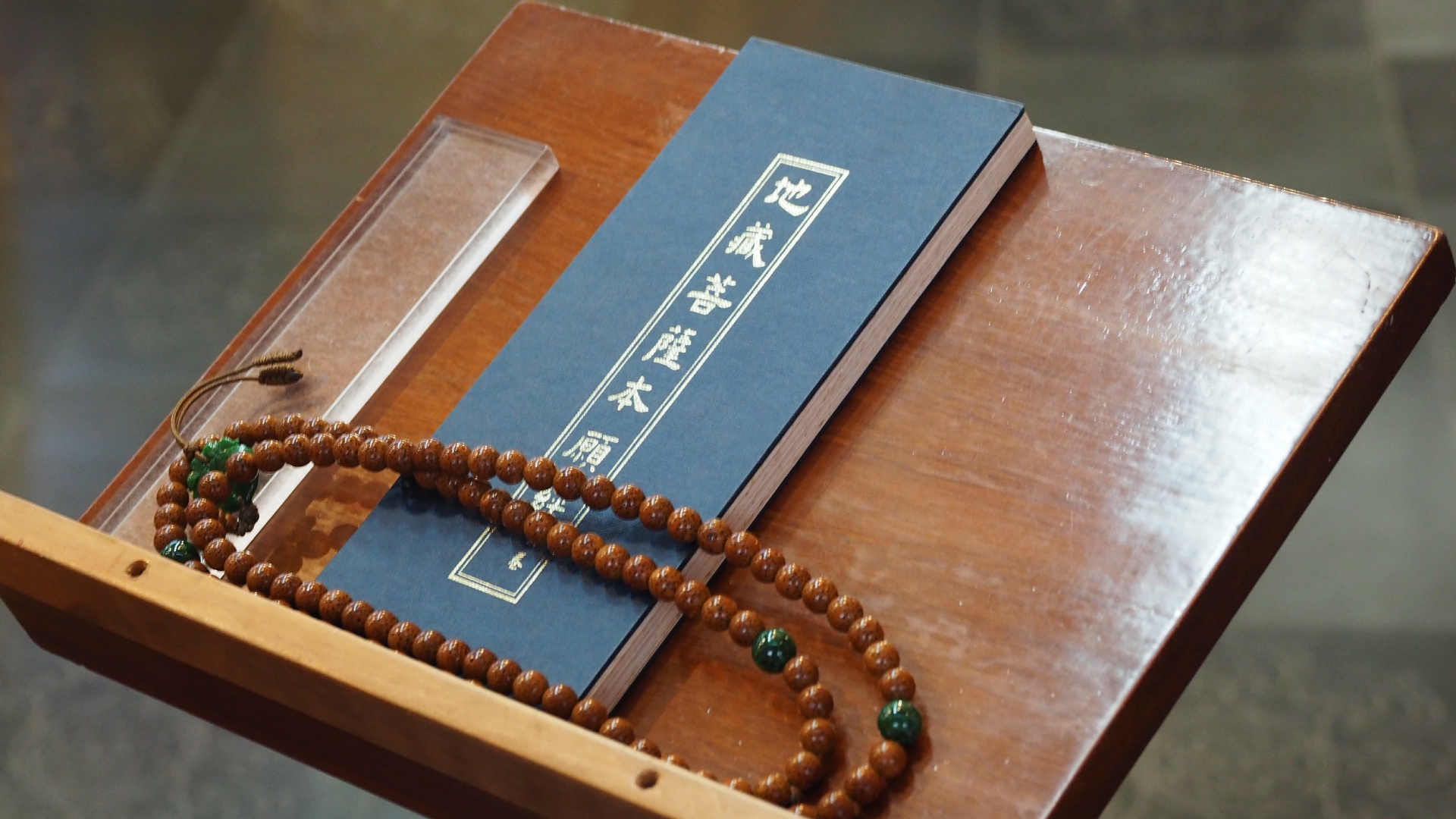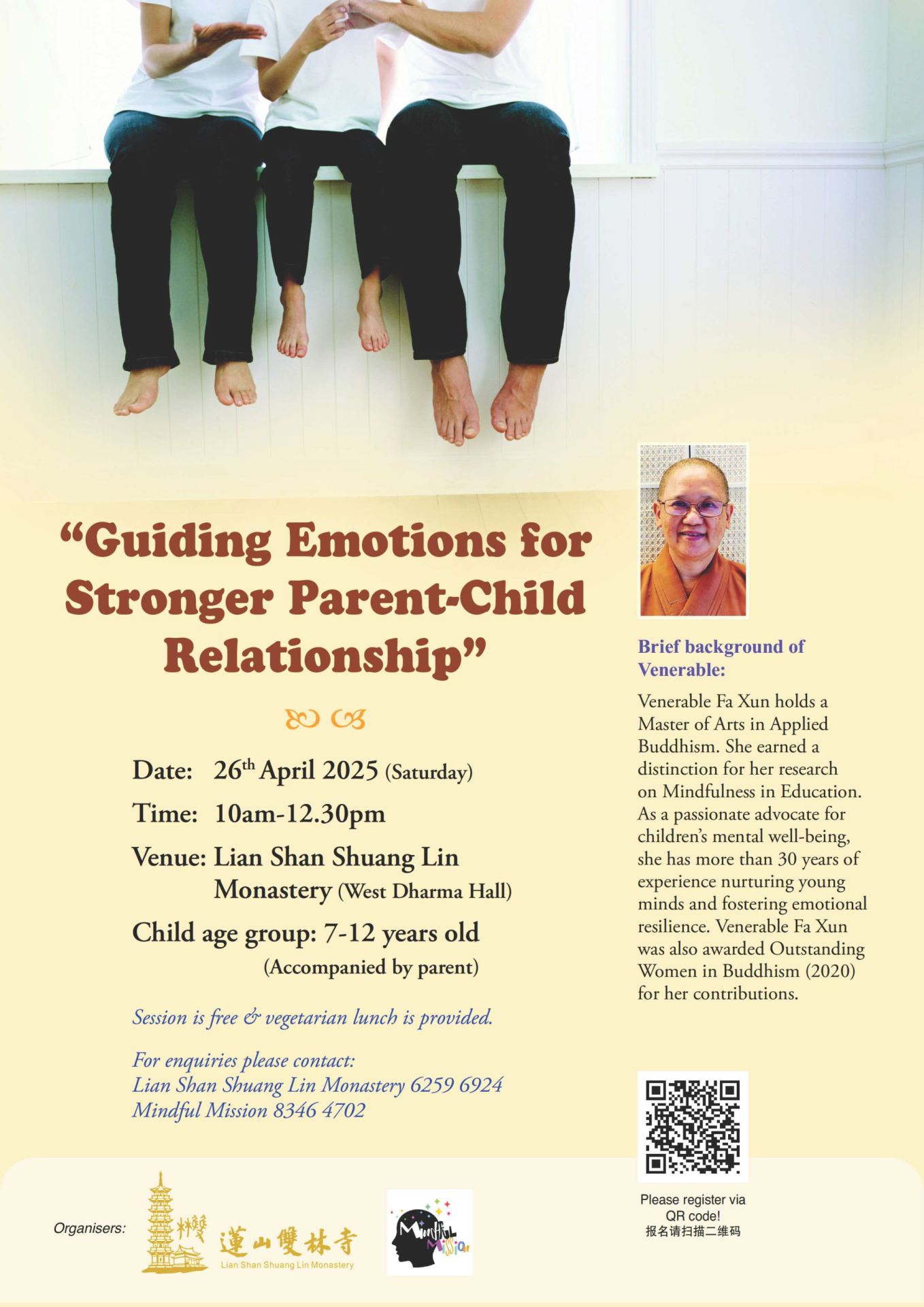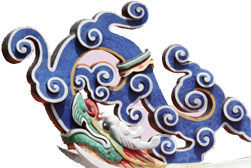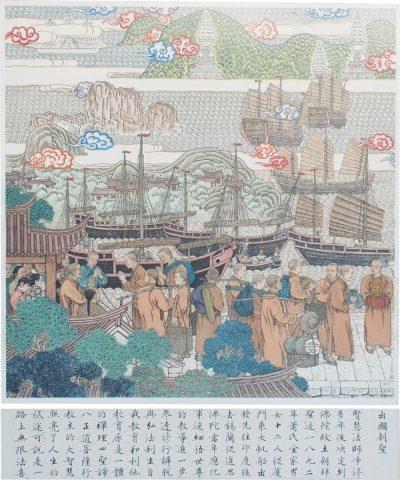
image description
After many years of observing pure practices, Master Xian Hui decided to go on a pilgrimage to Buddha’s homeland. In 1892, 12 members of the Xiao family of male and female departed from Xiamen by boat, travelling first to India and then to Sri Lanka. The pilgrimage enabled them to recall significant events involving the Buddha, brought clarity into Buddha’s teachings, practices and liberation. Pilgrimage is a meditation in motion that designed to connect us with the ideal of awakening for the benefit of others. So, while awakening to one’s nature, we must work to help others realize these elements are two sides of the same coin in the principles of Chan. Only then, we can appreciate the Buddha’s wisdom such as the four noble truths, eightfold path and Bodhisattva way along the way, ensuring a lifetime of happiness.


